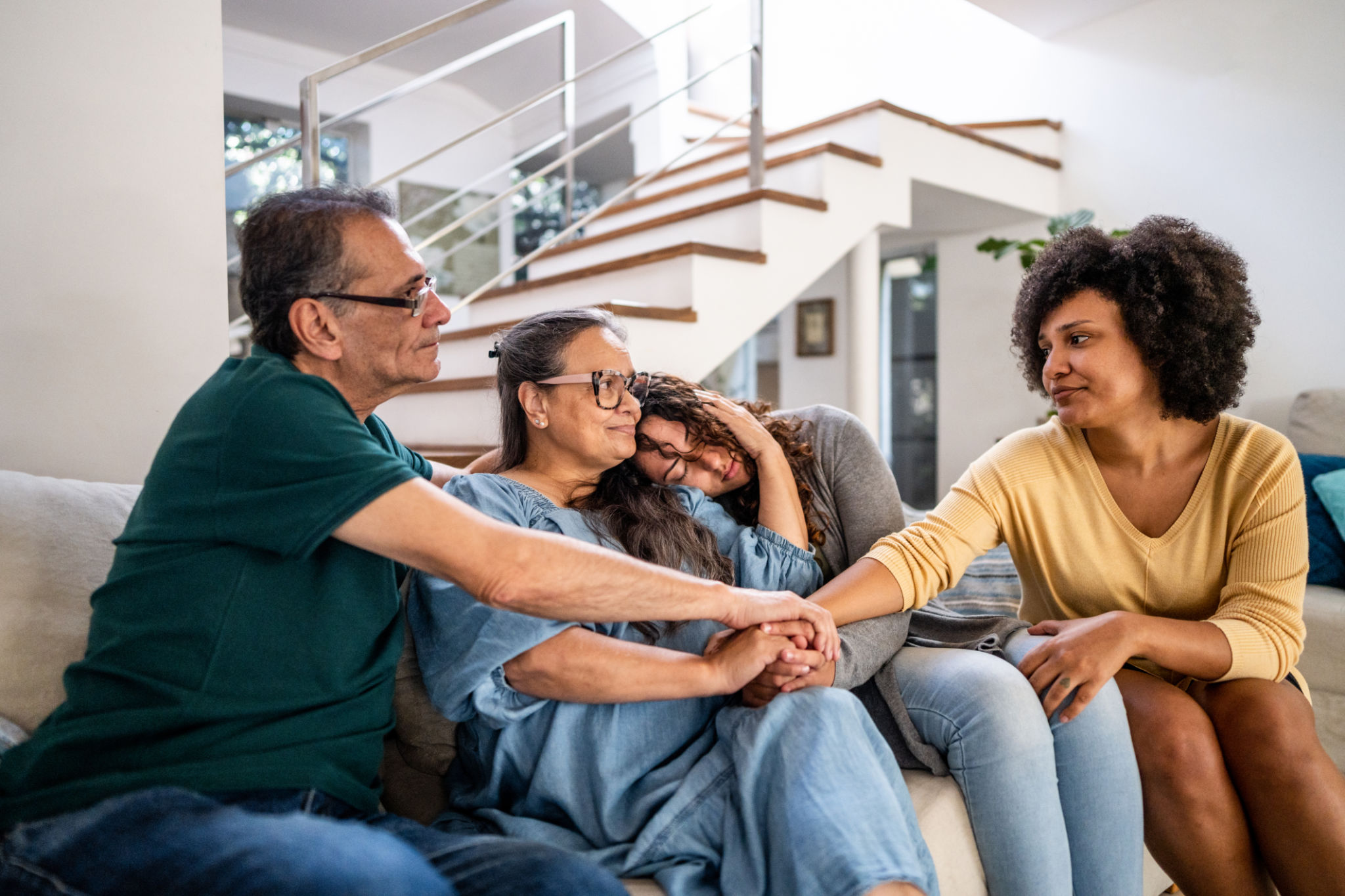DIY Conflict Resolution Techniques for Families in NC
MH
Understanding Conflict in Families
Conflict is a natural part of family life, and it can arise for various reasons. Whether it's a disagreement over responsibilities, differences in opinions, or miscommunications, addressing these conflicts effectively is crucial for maintaining harmony. In North Carolina, where family values are deeply rooted, finding ways to resolve conflicts peacefully is essential.

Active Listening Techniques
One of the most effective DIY conflict resolution techniques is active listening. This involves fully concentrating on what the other person is saying without interrupting. By doing so, you show empathy and understanding, which can help de-escalate tension.
Steps to Practice Active Listening
- Maintain eye contact to show engagement.
- Use nods and verbal affirmations like "I see" or "I understand."
- Repeat back what you've heard to ensure clarity.

Setting Boundaries
Setting clear boundaries is another crucial technique. By defining what is acceptable behavior and what is not, family members can avoid misunderstandings. Ensure that everyone in the family agrees on these boundaries and respects them to prevent future conflicts.
How to Establish Boundaries
- Discuss as a family and agree on common rules.
- Be consistent in enforcing these boundaries.
- Revisit and adjust boundaries as needed over time.

Collaborative Problem Solving
Collaborative problem solving involves working together to find solutions that satisfy everyone. This approach encourages open communication and shared decision-making, fostering a sense of unity.
Implementing Collaborative Problem Solving
Start by identifying the problem together. Then, brainstorm potential solutions and discuss the pros and cons of each. Finally, decide on the best course of action as a team. This method not only resolves the current issue but also strengthens family bonds.
Practicing Empathy
Empathy is vital in conflict resolution. By putting yourself in the other person's shoes, you can better understand their perspective and feelings. This understanding can lead to more compassionate responses and a quicker resolution.

Conclusion
Resolving conflicts within a family requires patience, understanding, and a willingness to work together. By adopting these DIY techniques, families in North Carolina can foster a more peaceful and harmonious home environment. Remember, the goal is not to win an argument but to strengthen your family connections.